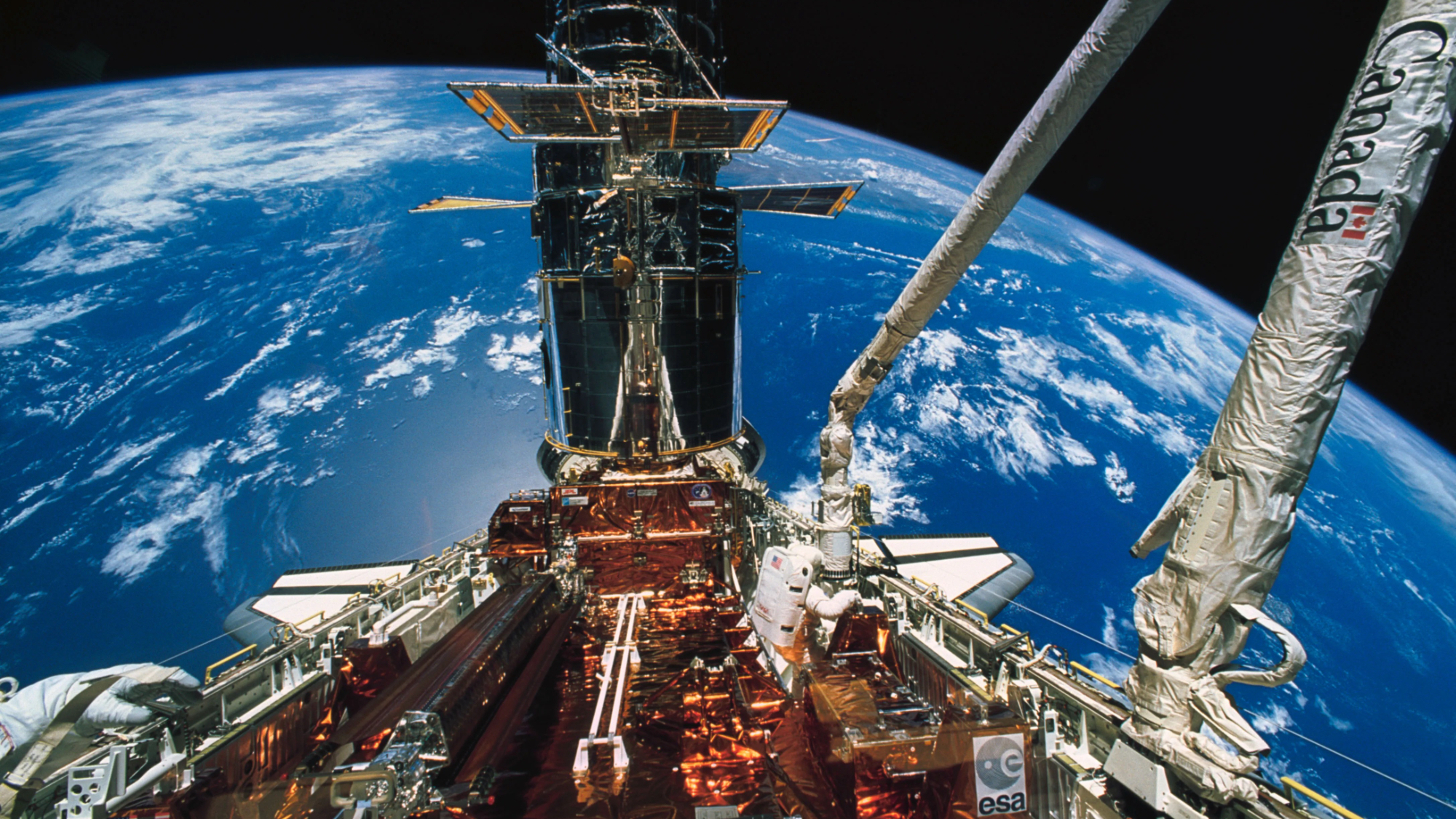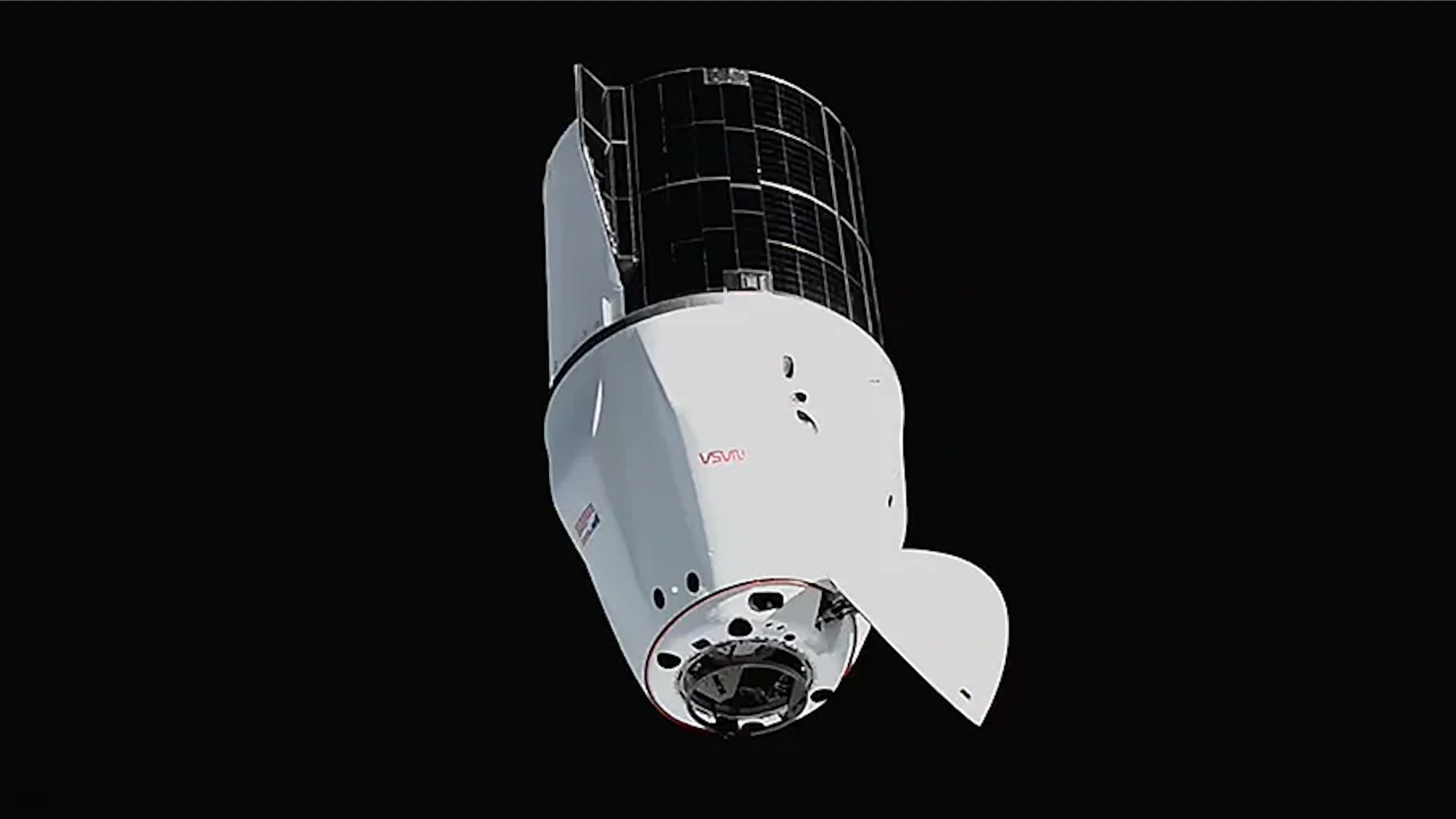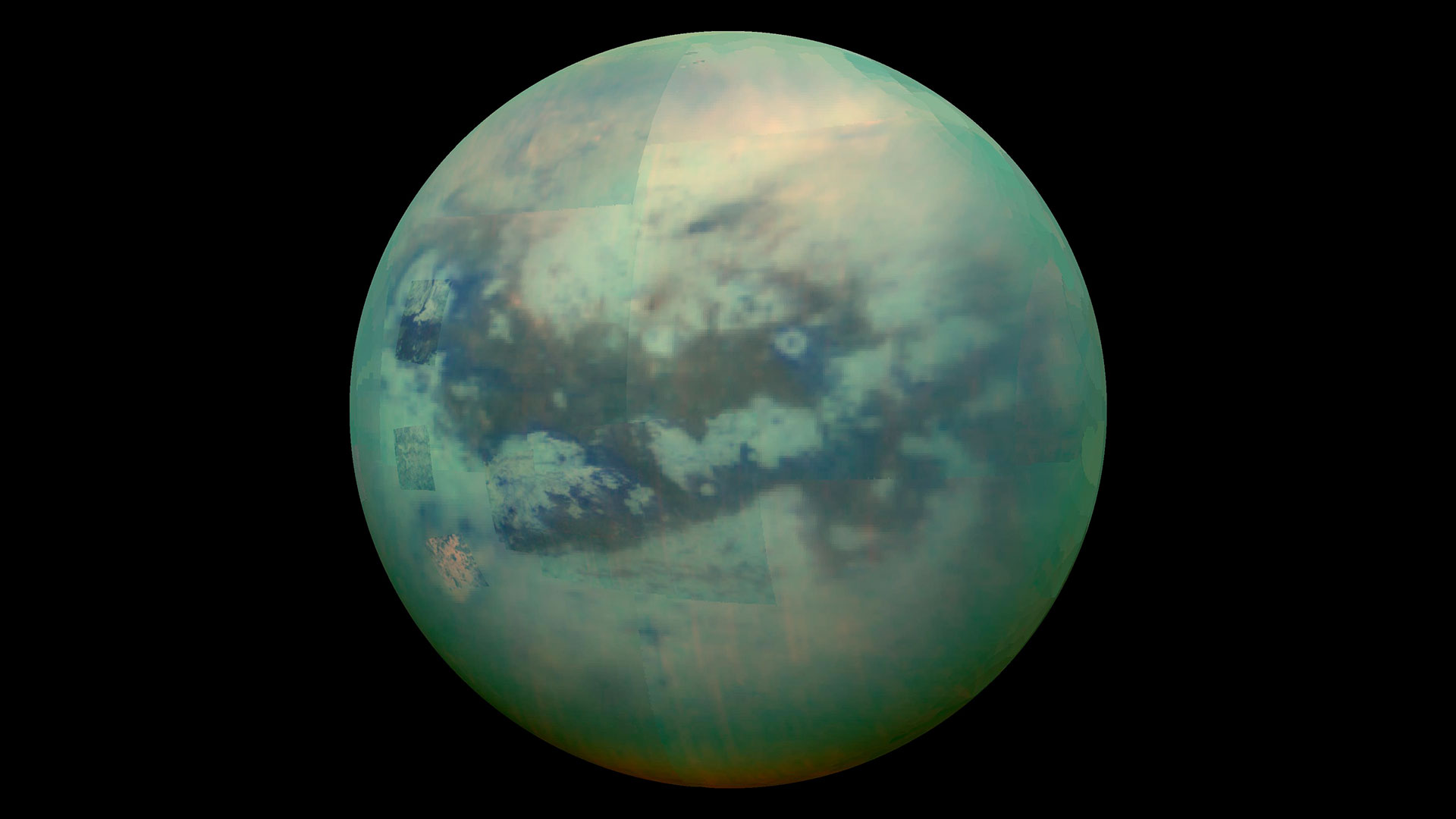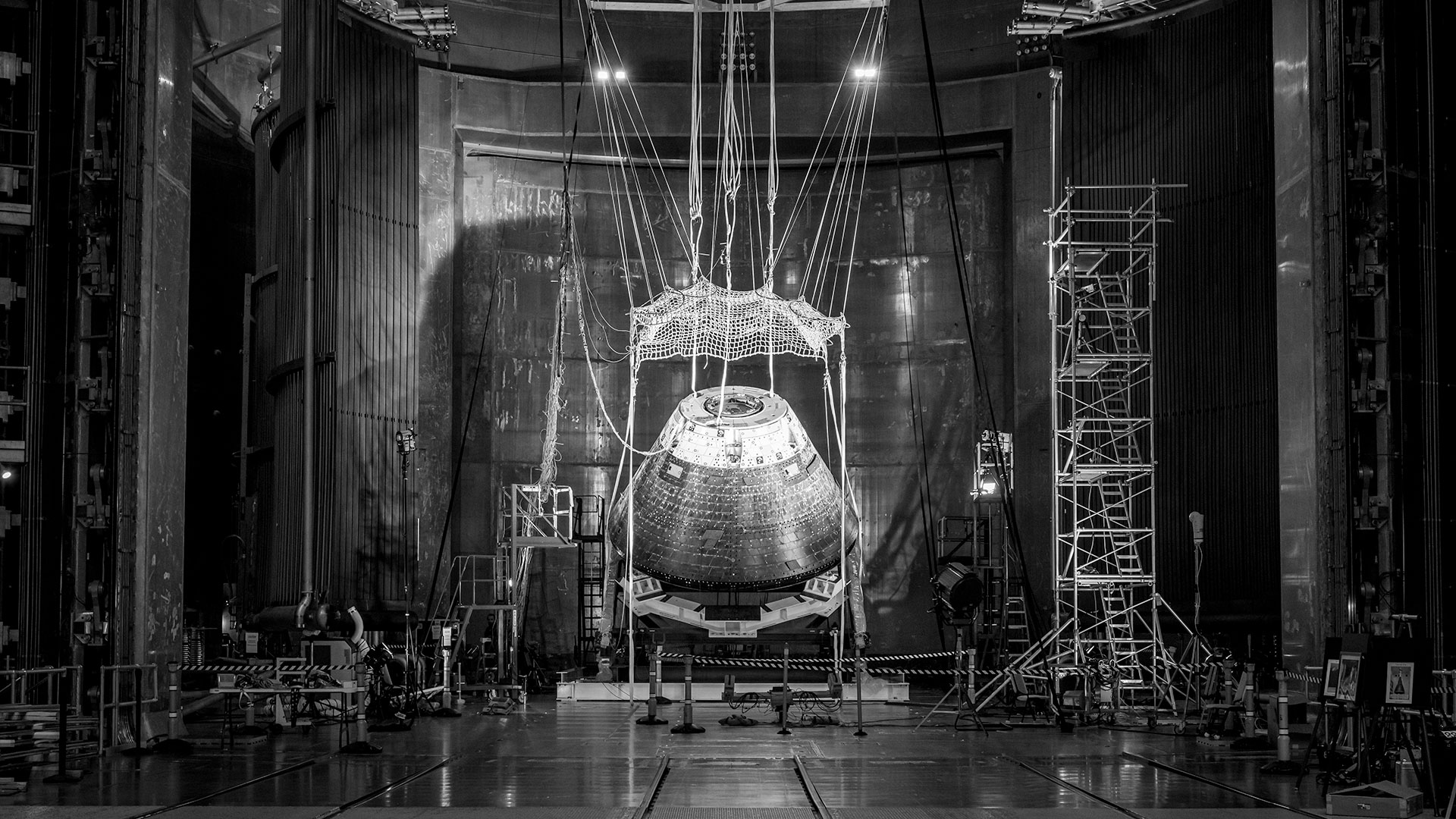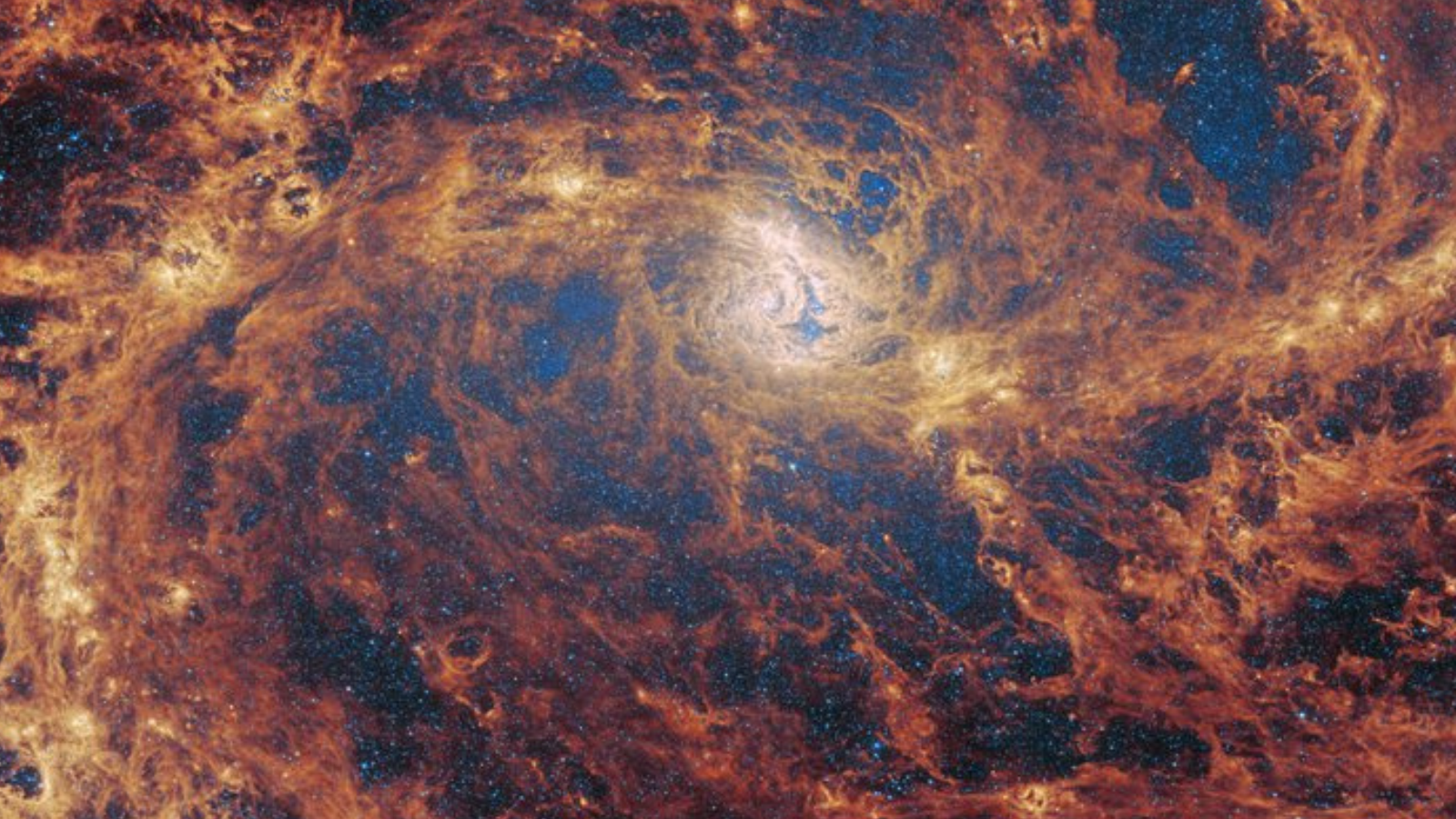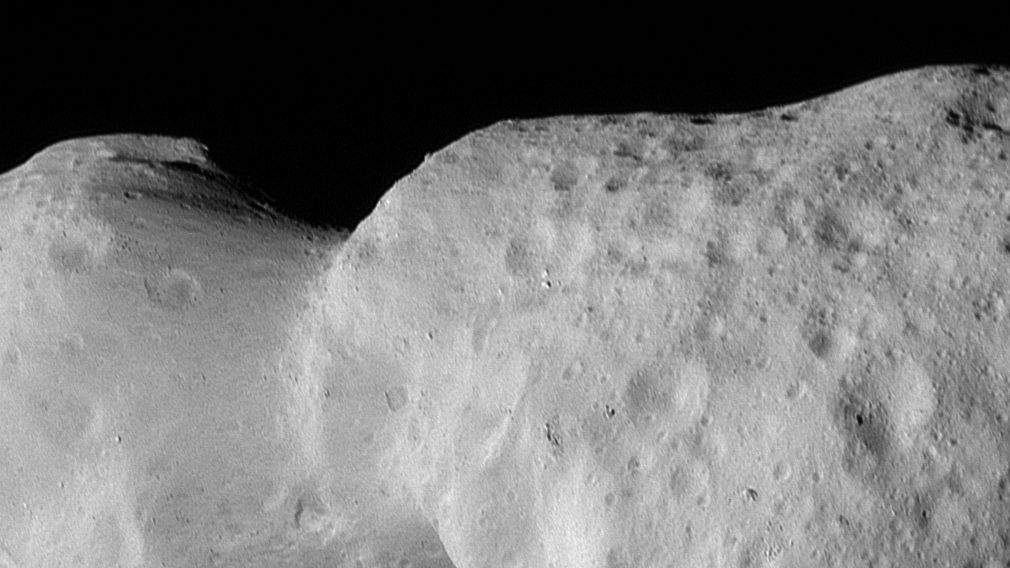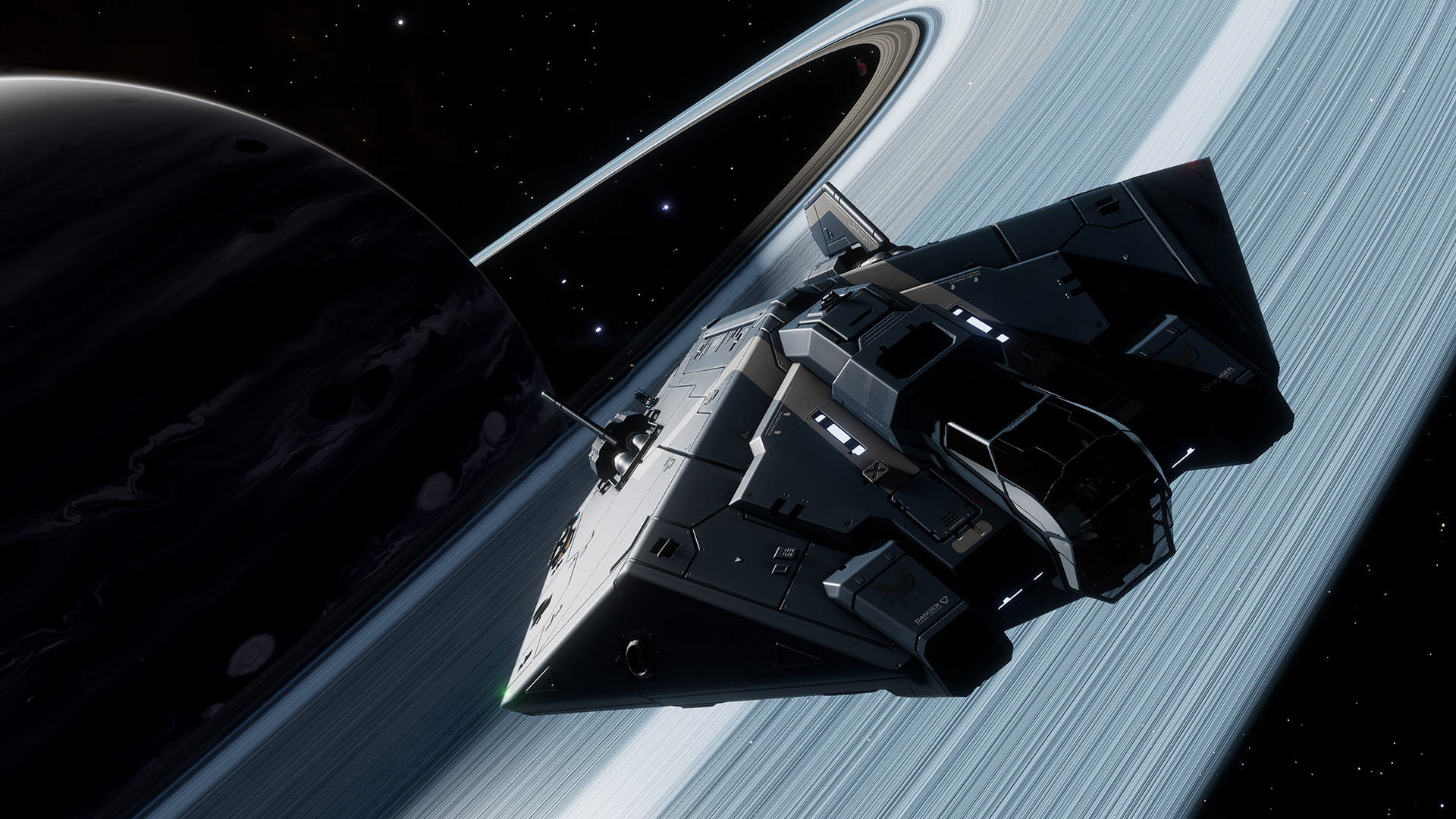Solid rocket boosters for shuttle Endeavour exhibit capped with nose cones
The California Science Center's 'Go for Stack' campaign took another step forward.
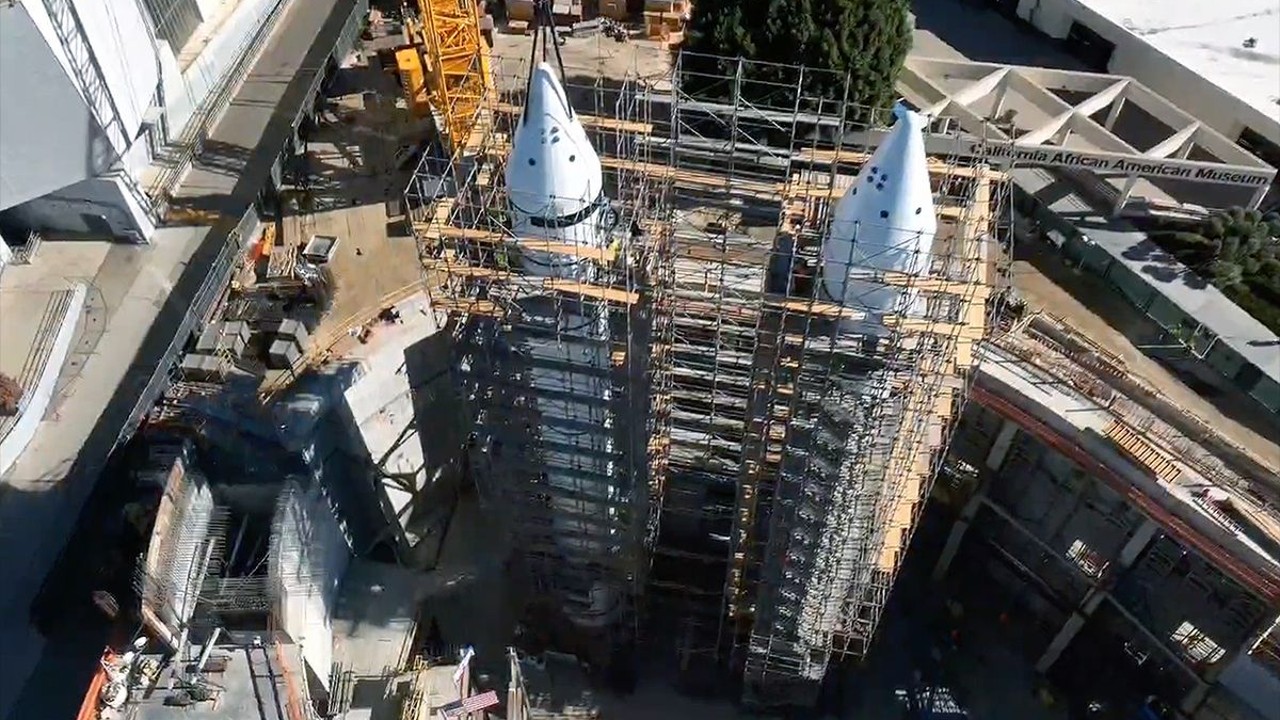
The work to stand up two rockets for the launchpad-like exhibit of NASA's retired space shuttle Endeavour has been capped — literally and figuratively — with the addition of two nose cones.
As the California Science Center prepares to take Endeavour off public display for the next few years, the first major components for the orbiter's vertical exhibit are now complete at the construction site for the new Samuel Oschin Air and Space Center in Los Angeles. Just one month after crane operators hoisted into place the large segments for the two solid rocket boosters (SRBs), they were back in motion this week topping off the towering rockets with the forward assemblies.
Comprised of a nose cap, frustum, ordnance ring and forward skirt, each 27-foot-tall (8.2-meter), 10,000-pound (4,500-kilogram) assembly was raised from the street and lifted more than 100 feet (30.5 meters) into the air before being lowered onto a booster. Standing atop metal and wood scaffolding, workers then secured the hardware by inserting 195 one-inch-diameter (2.54-centimeter) metal pins.
Related: 2nd rocket booster lifted into place for space shuttle Endeavour LA exhibit
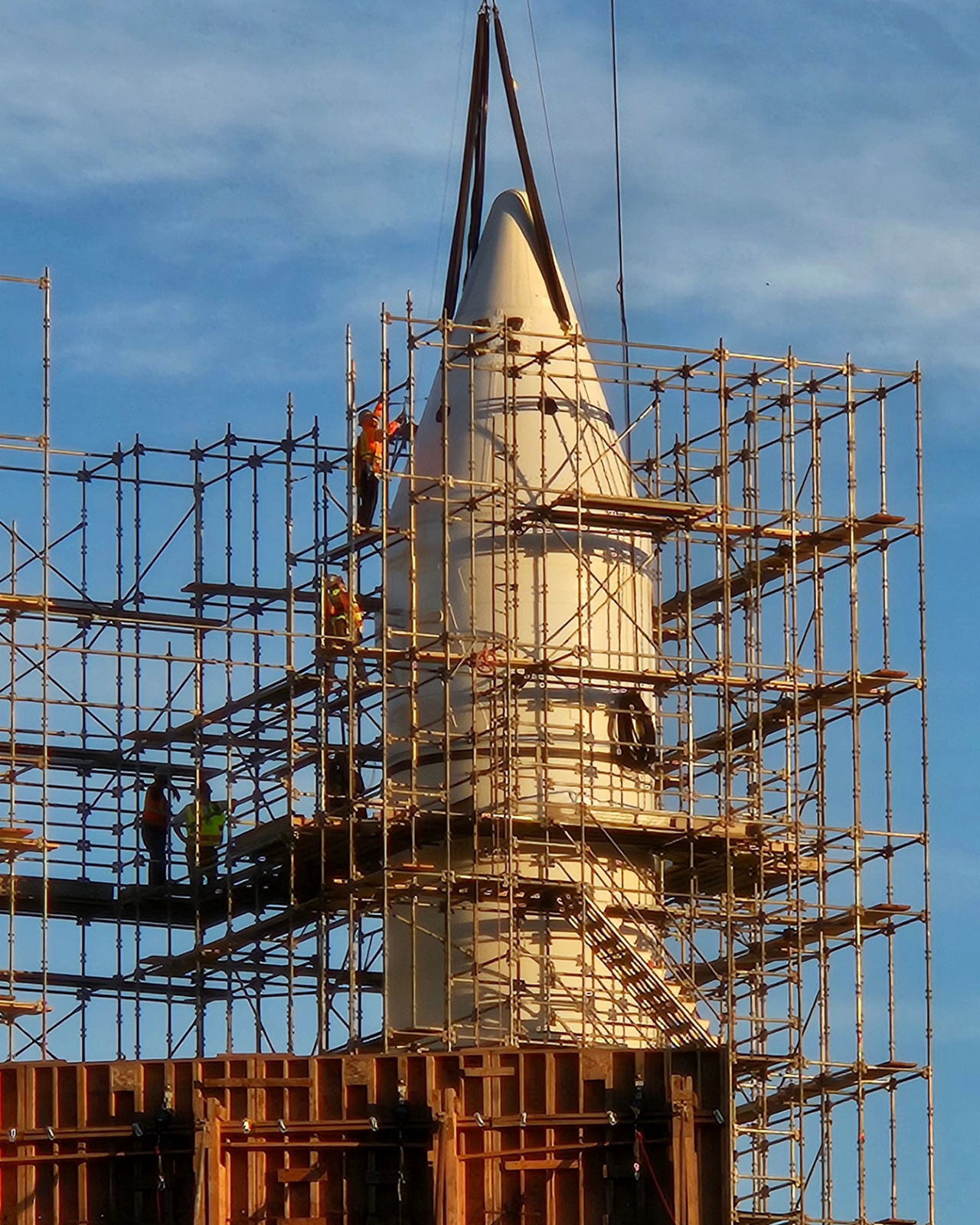
The starboard, or right-side, booster was completed on Monday (Dec. 4), followed by the port, or left-side, rocket on Tuesday (Dec. 5).
In flight, the forward assemblies held the avionics, forward separation motors and drogue and main parachutes for each booster. After falling away from the external tank, the frustums were jettisoned and recovered separately.
The SRBs going on exhibit with Endeavour were assembled from all flight-worthy or previous launched parts as donated by Northrop Grumman and NASA. They were the first major components to be taken vertical as part of the science center's "Go for Stack" campaign. Early next year, the boosters will be mated with NASA's last-remaining, built-for-flight space shuttle external tank (ET-94), which has been parked in Exposition Park since 2016.
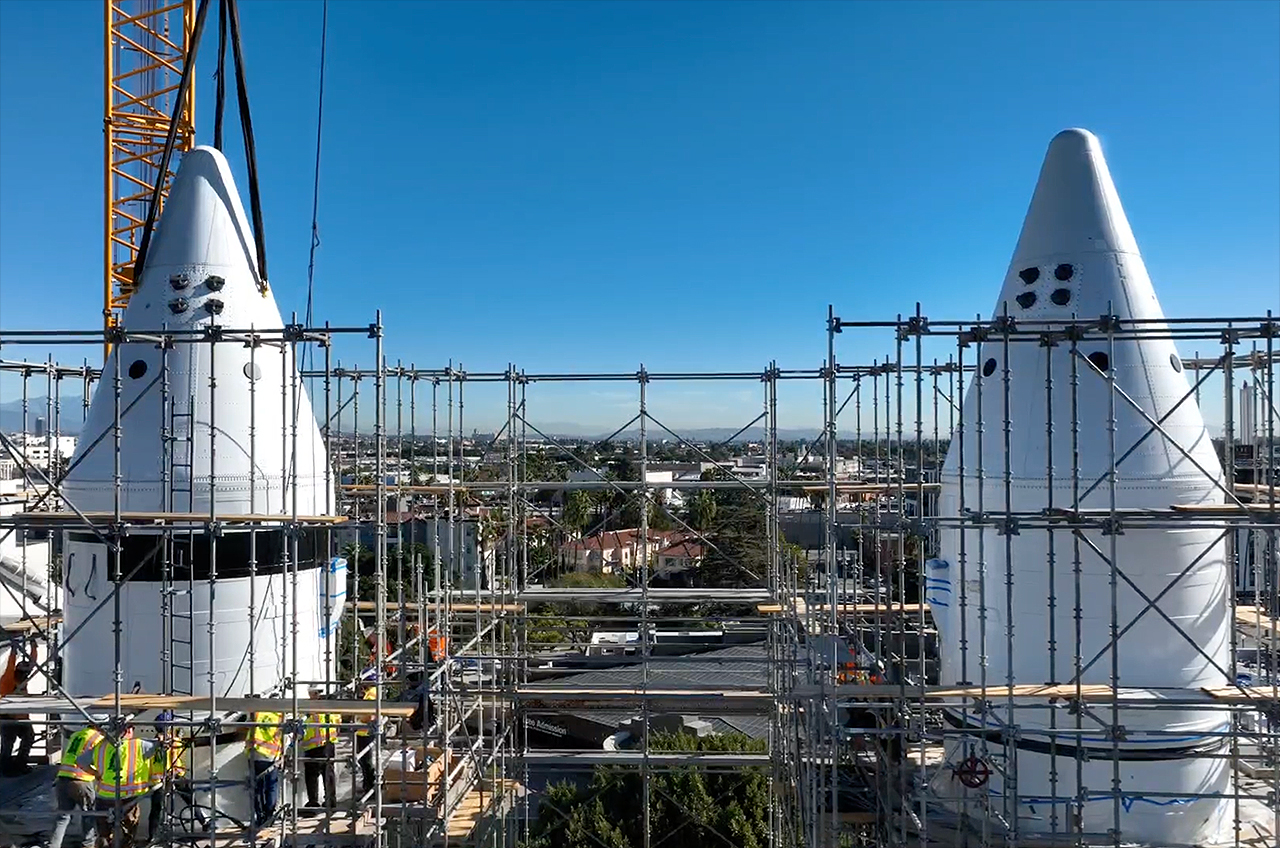
Endeavour, which has been on horizontal exhibit for the past 11 years, has less than a month left on its current display inside the Samuel Oschin Space Shuttle Pavilion. On Jan. 1, the orbiter's exhibit will be closed to the public in preparation for its move over to the Oschin Air and Space Center site and, on an upcoming night still to be determined, lifted by two cranes above the new museum's partially erected walls and onto the attach points on the external tank.
More scaffolding will be then be assembled around the orbiter to protect it and the entire space shuttle stack as work resumes to complete the building over the next few years.
Follow collectSPACE.com on Facebook and on Twitter at @collectSPACE. Copyright 2023 collectSPACE.com. All rights reserved.
Get the Space.com Newsletter
Breaking space news, the latest updates on rocket launches, skywatching events and more!
Join our Space Forums to keep talking space on the latest missions, night sky and more! And if you have a news tip, correction or comment, let us know at: community@space.com.

Robert Pearlman is a space historian, journalist and the founder and editor of collectSPACE.com, a daily news publication and community devoted to space history with a particular focus on how and where space exploration intersects with pop culture. Pearlman is also a contributing writer for Space.com and co-author of "Space Stations: The Art, Science, and Reality of Working in Space” published by Smithsonian Books in 2018.In 2009, he was inducted into the U.S. Space Camp Hall of Fame in Huntsville, Alabama. In 2021, he was honored by the American Astronautical Society with the Ordway Award for Sustained Excellence in Spaceflight History. In 2023, the National Space Club Florida Committee recognized Pearlman with the Kolcum News and Communications Award for excellence in telling the space story along the Space Coast and throughout the world.
-
billslugg I saw the first one go up April 12, 1981. I was on the causeway near Titusville. It was awesome.Reply -
Classical Motion Jan. 28, 1986.....my father and I were listening to the launch on truck radio. In Fort Myers Fla. I asked Dad if he thought we might see something from the top of a large tank we were working on. He didn't think we be able to see anything. I was doubtful too, but we climbed to the top and looked N.E.Reply
Just above the horizontal tree-line we could see a small white exhaust arc. And then we saw that arc split. I told Dad there was something wrong.....we ran back down to truck radio.......and sure enough, it had exploded.
It was the only live launch we ever saw. And I can remember that little white arc. -
arkaycee Reply
I was there, too! Only launch I've ever seen. It was college Spring Break for us.billslugg said:I saw the first one go up April 12, 1981. I was on the causeway near Titusville. It was awesome.


